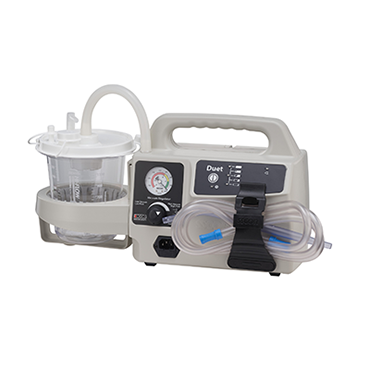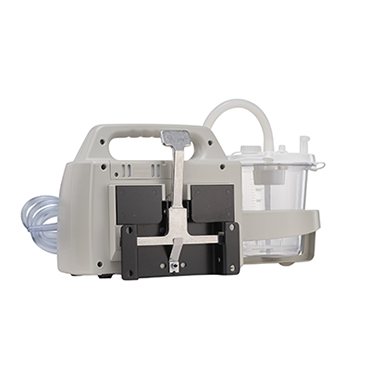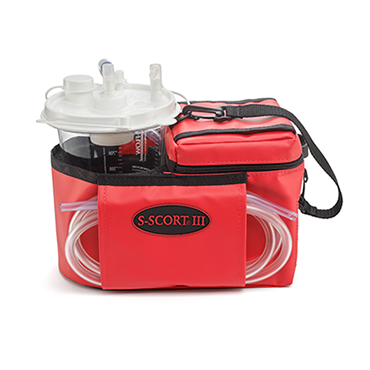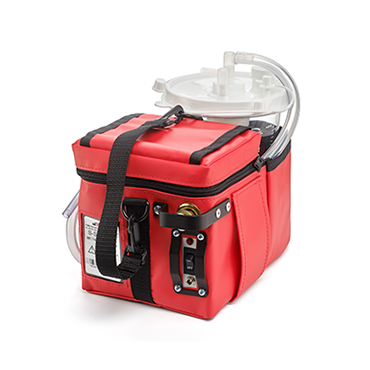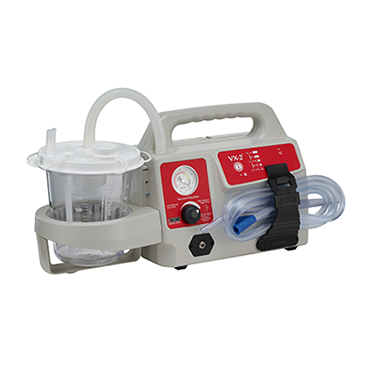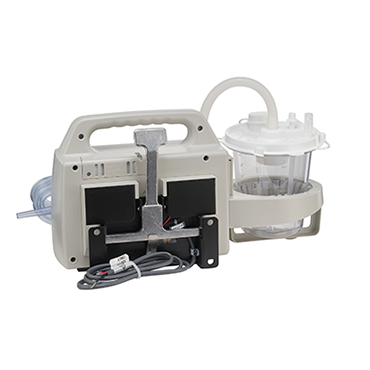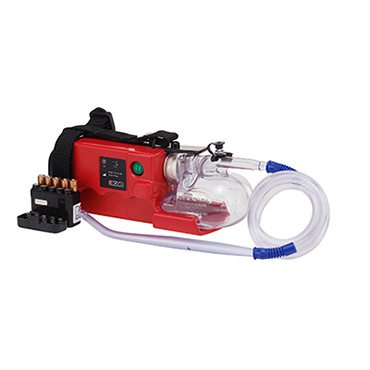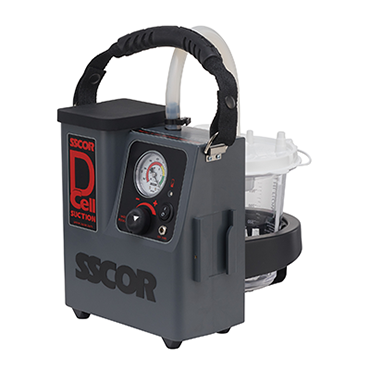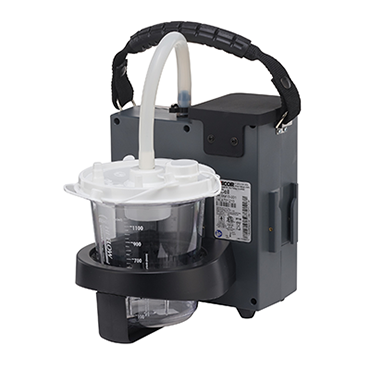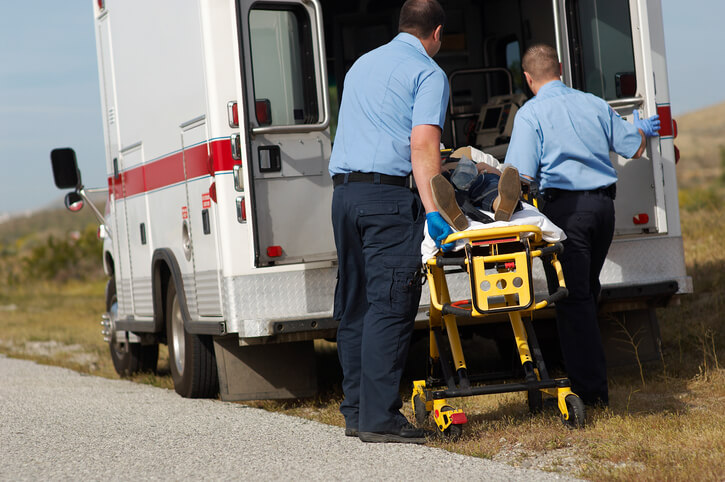
Spinal cord injuries are devastating events. In the U.S., most are the result of automobile collisions, but falls, penetrating injuries, and blunt trauma can also cause injury to the spinal cord, leading to a respiratory emergency. It is estimated that there are more than 18,000 spinal cord injuries each year in the U.S. When the injuries involve the cervical vertebrae, specifically the midsection (C3 through C5), they can disrupt the phrenic nerve, which controls the movement of the diaphragm, rendering the patient unable to breathe on their own.
Let’s explore spinal trauma, and how the combination of early recognition alongside managing the tenuous airway can not only save the life of your patient but also avoid further injury.
Index of Suspicion
As an EMT or paramedic, it is your responsibility to maintain a high degree of suspicion regarding spinal cord injury whenever you encounter the following situations:
- Any blunt mechanism that produces a violent impact on the head, neck, torso, or pelvis
- Incidents that produce sudden acceleration, deceleration, or lateral bending forces to the neck or torso
- Any fall from a height, especially in elderly people
- Ejection or a fall from any motorized or otherwise powered transportation device
- Any victim of a shallow-water diving incident
If you encounter such injuries, always treat them as if the spinal cord has been impacted. It is better to overtreat than undertreat a patient with potential cord damage. The mishandling of a spinal cord patient can aggravate an existing injury or produce a new (sometimes devastating) injury, so handle them with care and maintain a high index of suspicion.
Airway Management
Spinal cord injuries may impact respirations, depending on the height and completeness of cord damage. The higher up on the spine the injury occurs, the more likely it will affect the patient’s breathing. Your first goal is to secure a patient's airway while maintaining cervical immobilization. This may be challenging if the patient is located in a vehicle and not breathing. Rapid extrication may be necessary if you are unable to place an OPA and assist respirations (for example, if the patient is still conscious). However, you must weigh the consequences of moving a patient with a suspected spinal injury versus the need for airway intervention. Be sure to utilize the jaw-thrust maneuver when opening the airway.
In the unresponsive patient, secure patency while another rescuer maintains C-spine alignment, begin bagging, and then carefully remove the patient onto a backboard or full body splint. Once the patient has been fully immobilized, and the airway and breathing are secured, continue your assessment.
Your concern is whether the spinal cord injury is complete or incomplete. Look for the clues:
- Central Cord Syndrome: An incomplete lesion to the cord that results in dysfunction in the upper extremities as opposed to the lower extremities. The patient will present with upper extremity weakness or paralysis, and minimal (if any) dysfunction of the lower extremities.
- Anterior Cord Syndrome: Found when the mechanism results in an injury to the anterior portion of the spinal cord. Because of the specific nerve fibers that run through this region, the patient will present with absence of motor function, along with pain and sensation below the level of the injury. The patient will retain the ability to feel light touch, proprioception, and vibration.
- Brown-Sequard Syndrome: These lesions result from injury to half the cord, which results in paralysis on the side of the injury, and loss of pain and temperature sensation on the opposite side.
Knowing the diagnostic signs of spinal cord injury can not only assist in recognition but also in your treatment decisions.
The Critical Role of Suction in Spinal Cord Injuries
When managing a patient with a suspected spinal cord injury, the role of suction cannot be overstated. Depending on the extent of injury, the patient may be unable to cough or swallow effectively. Suction is a must. Take the portable suction unit with you on all trauma calls, or utilize a small, lightweight unit to stow in the trauma bag. Suction the patient to remove saliva, blood, and vomit, and keep it alongside the patient during movement and transport.
Managing a patient with a spinal cord injury requires a high index of suspicion, early recognition, and prompt airway management. So, be alert for the signs and always have suction tools at the ready.
Editor's Note: This blog was originally published in May, 2018. It has been re-published with additional up to date content.








